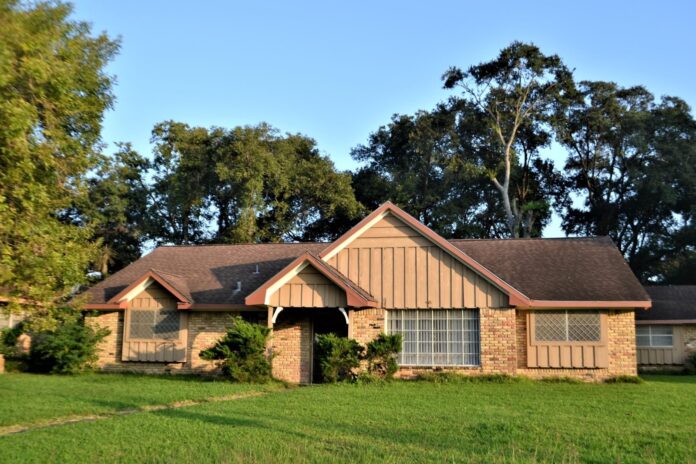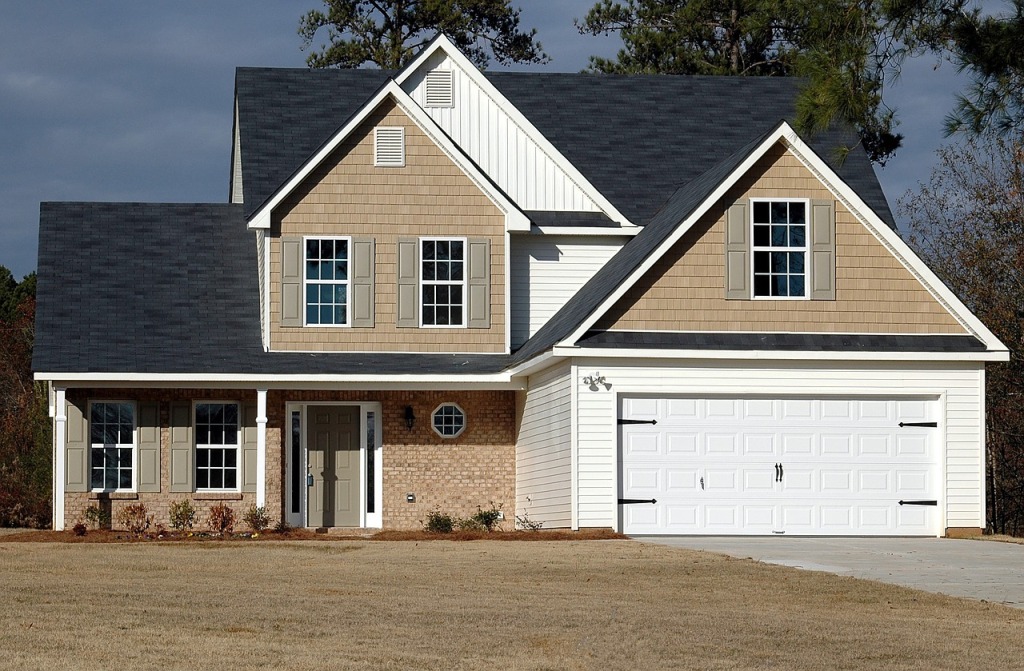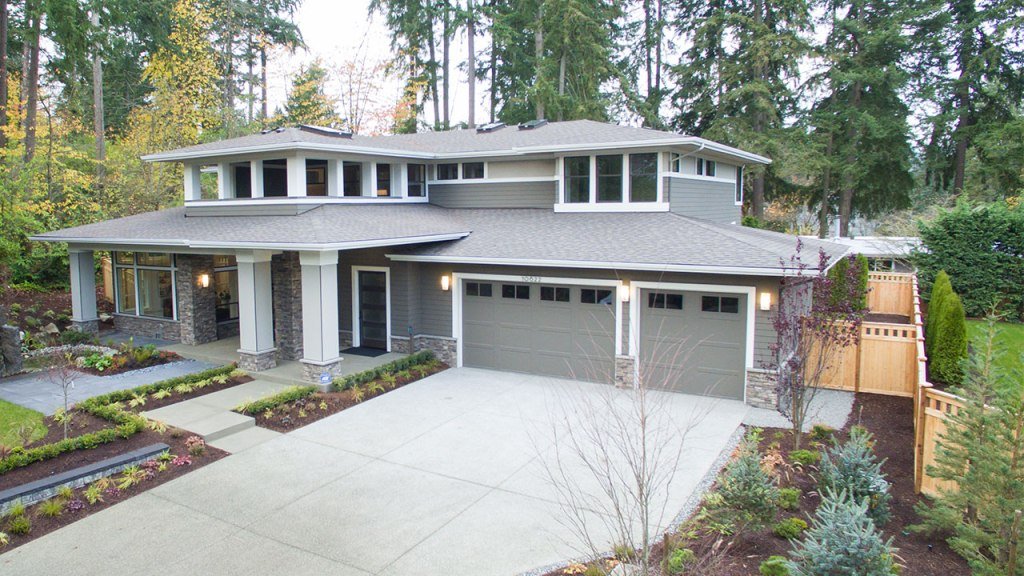Are you concerned that your house is settling?
You may not need to worry. But then again, you might.
Every house is going to settle to some degree.
And older homes are especially prone to problems from settling – since the home has spent so many years in contact with the ground.
If you’re worried the settling of your home could be problematic, you’ll want to educate yourself on why a house settles, as well as the signs. Then you can determine whether you need a professional.
Why Does a House Settle?
Settling happens for a number of reasons. And it’s totally normal.
It all starts with the foundation.
To create a home’s foundation, builders pour concrete over steel. The steel serves to maintain the structure’s integrity.
The truth is, sometimes a foundation is poorly built.
But regardless of how well it’s built, every foundation will be exposed to changes in climate, gravity, and shifting soil.
And in specific situations, these factors can create serious problems.
1. Soil Issues
In its natural and undisturbed state, soil is compacted through centuries of compression.
When a home is built, that compacted soil is excavated to create the foundation. Once it’s replaced, it needs to be tamped down and compacted back to its original state.
Otherwise, the house is prone to more extreme and potentially damaging settling.
Plus, the kind of soil makes a difference. Clay soil is particularly difficult to work with because it so easily expands and contracts with moisture.
So if a home is built after a rainy season, the clay will have expanded. When it dries out, it cracks. And so too does the home’s foundation.
2. Problems with Moisture/Water
Aside from the damage moisture creates from expansive clay, there are other issues with water that can lead to problematic settling.
If you have any large trees in your yard, those tree roots can cause cracks to your foundation while they’re searching for water. They can also disrupt the soil compaction and invite rainwater under the house.
All of this means an increased possibility of cracks in the foundations. Especially if your house doesn’t have eave troughs to ferry the water away from your foundation.
3. Construction Mishaps
Some construction companies are more responsible than others.
You can only hope that the builders of your home had the wherewithal to dispose of materials like broken studs, pieces of drywall or parts of a tree stump rather than bury them in the soil.
When builders take this short cut, they’re running the huge risk of creating pockets under the home when these materials degrade. And that’s a recipe for settling.
Even if they’re burying material that doesn’t degrade, it can shift and create those same pockets.
Whatever the reasons for your house settling, how do you know when it’s serious.?
Signs That Your House Is Settling
If you’re experiencing any of the following signs, there’s a good chance that your house is settling.
But remember, that doesn’t mean it’s a bad thing.
We’ll take a look at some of the signs of house settling – and when it’s a good time to call in the professionals.
1. Cracks in the Foundation
Have you noticed some cracks in your foundation wall?
This might seem like a patently bad sign and you feel inclined to fill them. Don’t do that.
Not all wall cracks are bad. Some of them are even needed.
If you see that there are a lot of small cracks, this may actually be a good thing. This is more stable than the very large gap that you may cause by filling the smaller ones.
Plus, filling cracks can make a contractor’s job more difficult if the foundation needs to be put back into place.
One thing to watch for is foundation wall cracks that are wider at the top than at the bottom. This could mean that part of the foundation is falling away from the rest.
You’ll definitely want to talk to a professional in this case.
But if it puts your mind at ease, it never hurts to bring out a professional to look at any cracks. They can better alert you to potential issues.
2. Bent/Burst Water Pipes
As a house shifts downwards due to settling, it has a distinct impact on the water pipes that run throughout your home.
If you suspect your house is settling too quickly, take some time to check your water pipes. A bent or twisted pipe is a telltale sign that you could be heading for trouble. Call in a professional.
Don’t wait until those pipes actually break or burst.
3. Sticking Doors or Windows
If you have an older home, you’re probably all too familiar with some sticking doors and windows. It may just be humidity or the wear and tear of an internal part of the window or door.
Then again, it could be the result of a sinking foundation.
To find out, place a level on top of the window or door frame. If it’s level, then it’s not the result of settling. If it’s not, however, you should have your foundation inspected by a professional.
If you’re not the original owner of your home, there’s another way to tell if settling is the issue. Run your hand across the top of the door to see if it has been previously shaved down. If it has, but it’s rubbing again, then you know your foundation is settling.
4. Slanted Floors
Although it may be amusing to watch a ball roll along a floor in a seemingly level room, slanted floors are no joke.
While uneven floors could indicate that the supports or joists are rotting, they are almost always a sign that there’s a foundation problem. And they can worsen over time.
Don’t waste any time wondering about this one. If you have uneven floors, it is imperative you have them inspected by a professional.
Do You Need to Call in a Professional?
Now that you know what makes a house settle, you may be feeling more at ease with some of the strange things happening around your house.
But if you suspect that the settling is leading to something more serious, it never hurts to call in a professional. Better to nip it in the bud if you can.
Good luck!
And keep checking back with our blog for information on all things house and home.




















